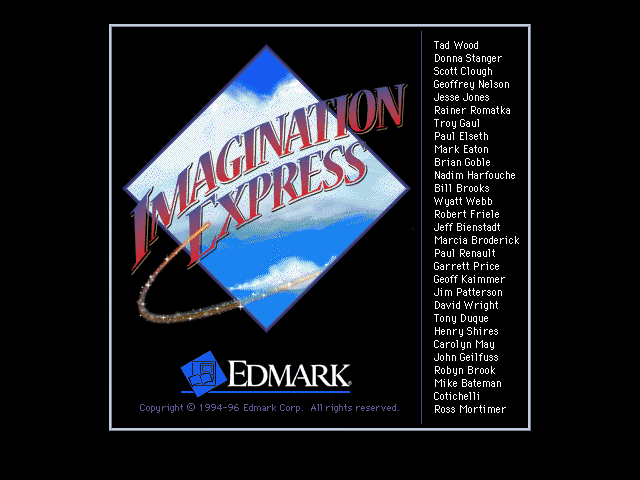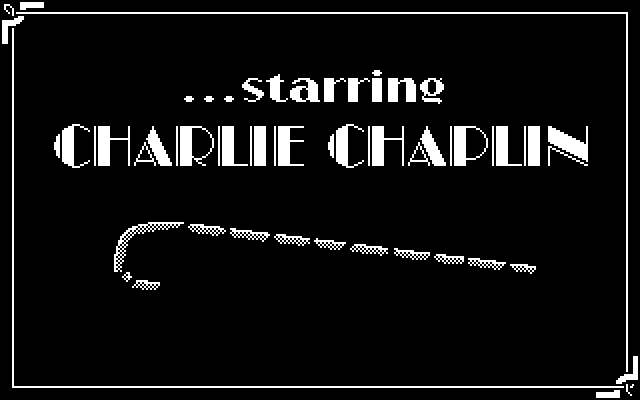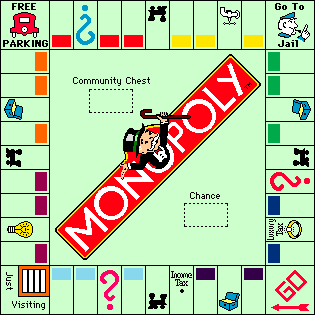Imagination Express 

Where can your imagination take you? You could travel to ancient Egypt or the bottom of the ocean. Or just to your backyard.
Edmark’s Imagination Express is storytelling software, a program to help children develop their language skills by writing stories and bringing them to life with pictures. Compared with other story-writing software like MECC’s Storybook Weaver, which lets kids mix and match characters, backgrounds, and sound effects in wacky combinations, Imagination Express puts more emphasis on the setting.
The program was divided up into six different themed “destinations,” each sold separately. But rather than going to faraway imaginary lands, as you might expect from the title, these destinations are based the real world, either from history of the present day, like a South American rainforest or a Medieval castle. That’s because Imagination Express has a double educational mission – to use creative writing as a way to teach children about different parts of the world.
Of course, you can have a great time avoiding learning anything too. » Read more about Imagination Express









